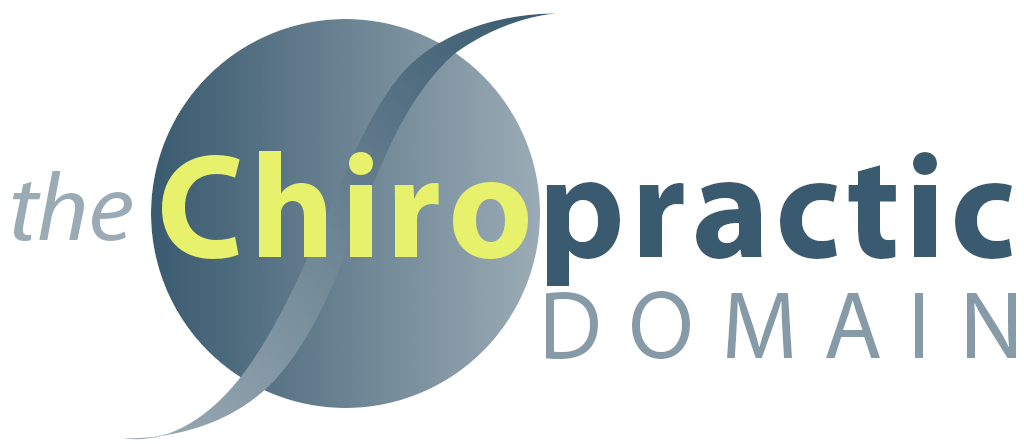Chiropractic and the breastfeeding/chestfeeding baby
What do chiropractors have to do with feeding?
MORE THAN YOU MIGHT THINK.
Chiropractic is concerned with the spine and bones as the protector of the nervous system. We have 12 cranial nerves that begin at the brain and brainstem, travel throughout the skull, and exit via the small holes (foramen and canals) to supply voluntary and involuntary muscles for movement, and sensory information like sight, smell, taste, touch, hearing, and balance. Breastfeeding is no small task for the small human. It “is a synchronized event requiring the infant to suck, swallow and breathe. Performing this coordinated event requires 6 of the 12 cranial nerves; 22 cranial bones articulate at 34 sutures/places; and 60 muscles that are voluntary and involuntary.” The human body is incredibly complex and while the art of chiropractic celebrates this, the science of chiropractic is still being studied and proven.
Dr Paula has a particular interest in working with babies and has undergone further training in adjusting babies and working with tongue ties and other oral restrictions. As a result, over her 24 years as a chiropractor, she has developed close professional relationships with orofacial myologists, dentists, and lactation consultants.
REVIEW OF A RECENT CASE STUDY
A 2019 case study showed improvements in latching after chiropractic care. The 4-day-old infant was released from the hospital after consults with lactation consultants and the mother was not satisfied with the interventions, such as nipple shields, offered as the baby still was “only able to be fed from a bottle and had to be held in very specific positions.”
Upon examination, the chiropractor noted
low right/high left occiput (with head tilted and rotated to the left).
prone and supine leg length checks indicating cervical and pelvic involvement.
spinal examination (motion palpation) revealed right C1 vertebral segmental joint dysfunction.
Posterior vertebral segmental joint dysfunction was noted at T1, T2, and T4
Hypertonicity was also noted in several muscles.
While the case report goes into far greater detail about examination findings and how the care plan progressed, it should be noted that the infant began nursing at the breast (using a nipple shield) after the first adjustment. The mother said that the patient “had better range of motion of his neck and would turn both directions easier.”
By the third visit, he was able to nurse using the shield but did not have to be held in certain positions. One week later, after his next visit, he had a full cervical range of motion and was continuing to thrive with no need to supplement with a bottle.
It was then that the chiropractor referred the family to a paediatric dentist for a review of possible oral restrictions and a tongue tie was released.
Two weeks later, there was a complete resolution of all the infant’s presenting complaints. These had included “limited range of motion… excessively recessed jaw, inability to open wide, and cranial asymmetry.”
Parker noted (at the completion of the care plan) that, “the resolution of these challenges suggests that there is a possible connection, specifically between an upper cervical… and cranial dysfunction. This case report shows the effectiveness and value of chiropractic care for infants with breastfeeding difficulties.”
This is only one baby and one study, so further study is required before we can say for certain that chiropractic was the corrective force behind this baby’s improvements, but it does show those close working relationships with other professionals is crucial to proper diagnosis and holistic care after release from the hospital.
It is our hope at The Chiropractic Domain that families feel empowered to find what works for them.
It is the basis of chiropractic that small deviations from proper alignment can have a chain reaction throughout the entire body. An infant’s ability to breastfeed successfully can be disturbed if there is a disruption of the proper functioning of either the musculoskeletal or nervous system that supplies the sutures connecting the plates of the skull.
Chiropractors’ potential to help parents successfully breastfeed has been well documented as far back as 1997, we’ve linked them below if you’re interested in some extra reading. Please note that a few of these links are restricted by paywalls, but the free-to-read ones are closer to the top.
Further reading
Chiropractic management of breast-feeding difficulties: a case report 2011 https://www.ncbi.nlm.nih.gov/pmc/articles/PMC3259991/
Exclusive breastfeeding, complementary feeding, and food choices in UK infants 2014 https://pubmed.ncbi.nlm.nih.gov/24362005/
Why do women stop breastfeeding? Findings from the Pregnancy Risk Assessment and Monitoring System 2005 https://pubmed.ncbi.nlm.nih.gov/16322165/
Falling by the wayside: a phenomenological exploration of perceived breast-milk inadequacy in lactating women 1999 https://pubmed.ncbi.nlm.nih.gov/11216257/
Development of co-ordination of sucking, swallowing and breathing: ultrasound study of term and preterm infants 1990 https://pubmed.ncbi.nlm.nih.gov/2210082/
Development of perioral muscle activity during suckling in infants: a cross-sectional and follow-up study 1998 https://pubmed.ncbi.nlm.nih.gov/9630263/
A Review of the Breastfeeding Literature Relevant to Osteopathic Practice 2014 http://www.rollinbeckerinstitute.co.uk/breastfeeding-review-relevant-to-osteopathic-practice/
Contribution of chiropractic therapy to resolving suboptimal breastfeeding: a case series of 114 infants 2009 https://pubmed.ncbi.nlm.nih.gov/19836604/
The infant with dysfunctional feeding patterns –The chiropractic assessment 2016 https://jccponline.com/Vol15no2.pdf
Chiropractic care for nonmusculoskeletal conditions: a systematic review with implications for whole systems research 2007 https://pubmed.ncbi.nlm.nih.gov/17604553/
The Role of Subluxation and Chiropractic Care in Hypolactation 2007 https://www.bodyandbalancechiropractic.com/wp-content/uploads/2017/09/Hypolactation.Vallone.pdf
What is the evidence that chiropractic care helps sub-optimal breastfeeding? 2019 https://www.adjustedchiropractic.com.au/research/Edwards.pdf
Resolution of suckling intolerance in a 6-month-old chiropractic patient 2000 https://pubmed.ncbi.nlm.nih.gov/11145802/
A Narrative Review and Case Report: Frenotomy Procedure in Neonate with Tongue-Tie 2012 https://www.health-e-learning.com/articles/frenotomy-jccp-lavigne.pdf
The chiropractic care of a 6-day-old neonate with breast feeding difficulties and breastfeeding jaundice 2012 https://www.researchgate.net/publication/287485280_The_chiropractic_care_of_a_6-day-old_neonate_with_breast_feeding_difficulties_and_breastfeeding_jaundice
Chiropractic evaluation and treatment of musculoskeletal dysfunction in infants demonstrating difficulty breastfeeding 2004 https://www.researchgate.net/publication/291023374_Chiropractic_evaluation_and_treatment_of_musculoskeletal_dysfunction_in_infants_demonstrating_difficulty_breastfeeding
Development of an integrative relationship in the care of the breastfeeding newborn: Lactation consultant and chiropractor 2009 https://www.researchgate.net/publication/292743497_Development_of_an_integrative_relationship_in_the_care_of_the_breastfeeding_newborn_Lactation_consultant_and_chiropractor
